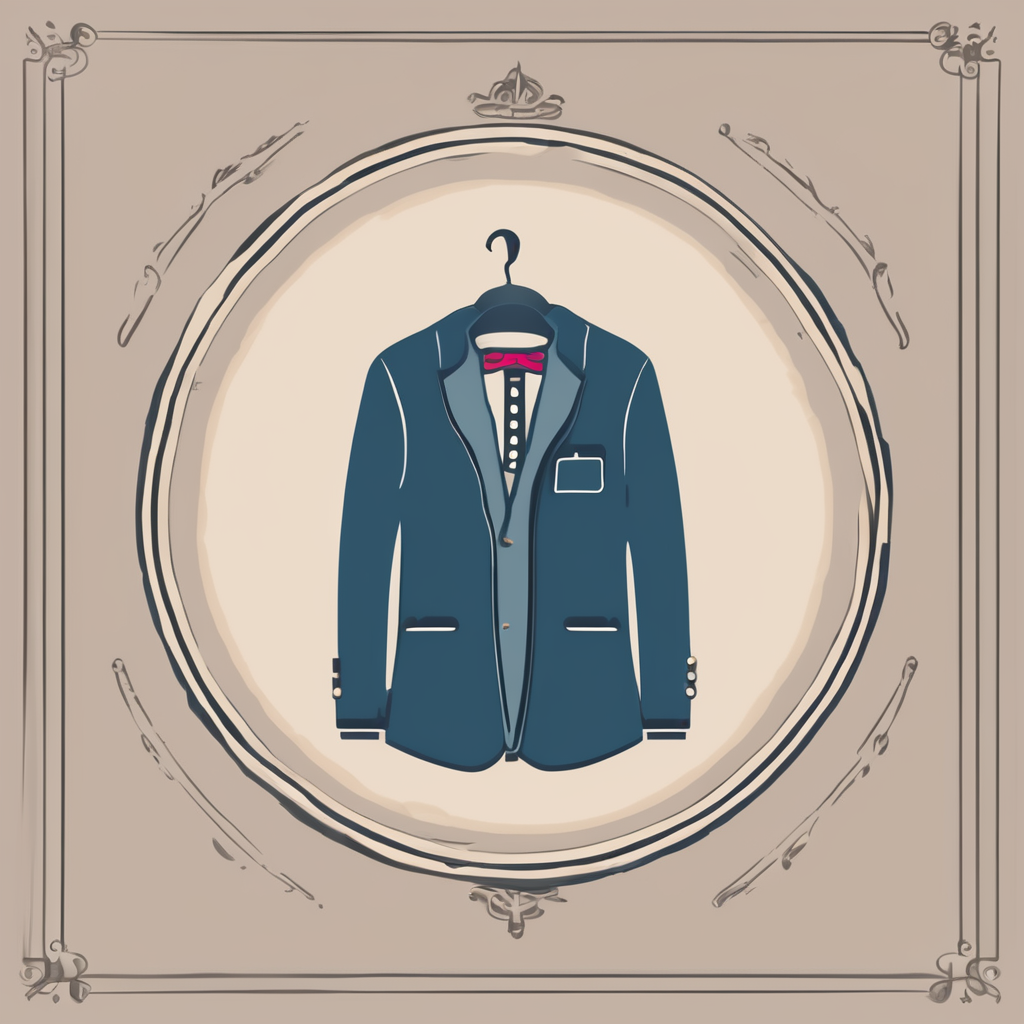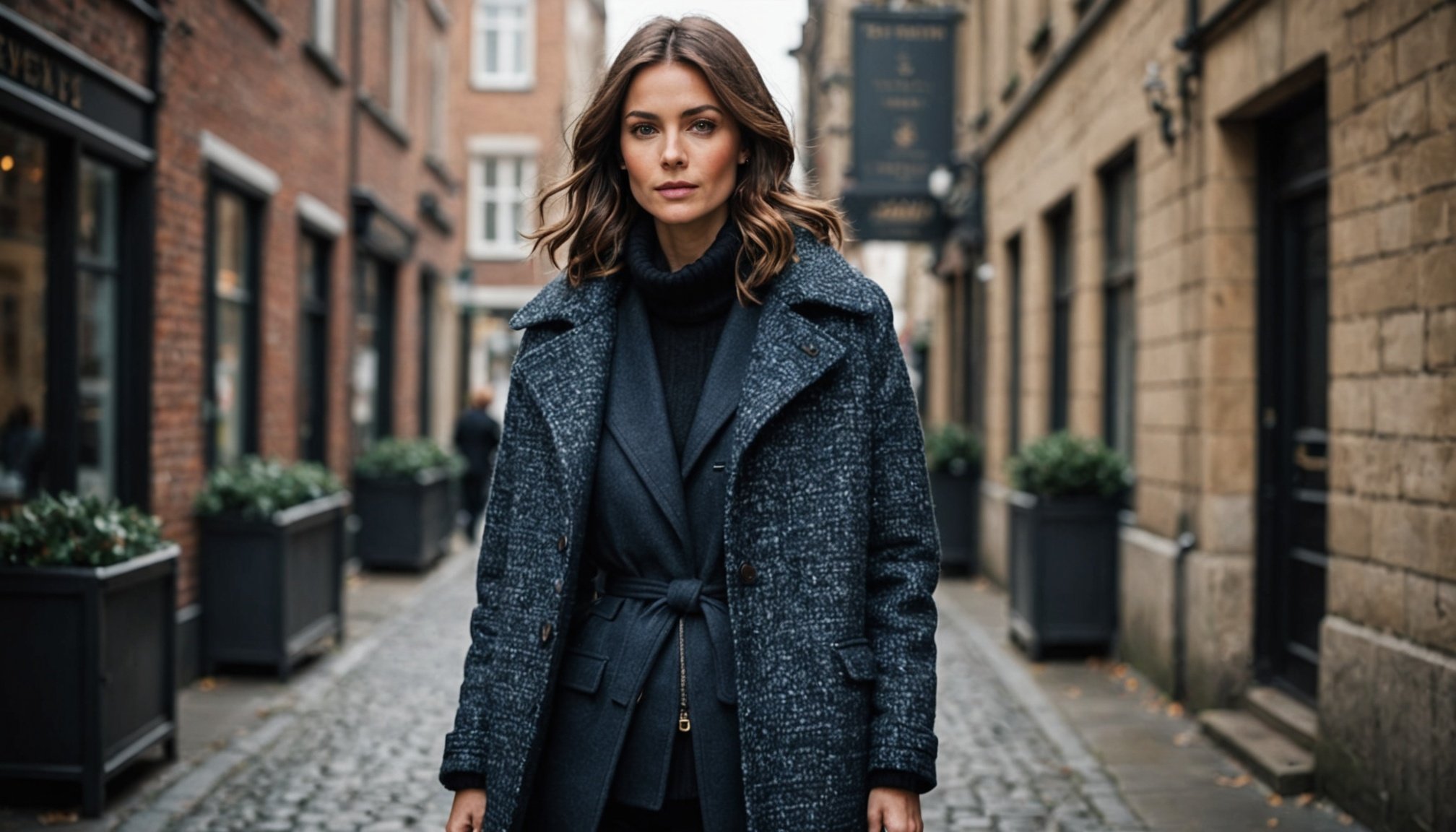Understanding Layering Techniques
Layering is an essential skill for mastering winter styling, offering both warmth and versatility. At its heart, layering involves strategically combining different clothing layers to create a cohesive and stylish outfit that adapts to changing temperatures. The importance of this technique lies not only in its practical benefits but also in the fashion statement it allows individuals to project.
Begin with the base layer, typically consisting of moisture-wicking materials such as polyester or merino wool. These fabrics are crucial for maintaining warmth by keeping sweat at bay. Next, the middle layer serves as insulation. Options for this layer include fleece, down jackets, or wool sweaters, which trap body heat. The outer layer, often a weather-resistant coat or jacket, shields against wind, rain, or snow, ensuring you remain dry and warm regardless of external conditions.
Topic to read : Discover the magical world of zelda plush toys
Additionally, creating depth in an outfit involves experimenting with various fabric textures. Combining wool, silk, or cotton can add visual interest and sophistication. Consider mixing chunky knits with sleek silk scarves or pairing a rugged denim jacket with a soft cashmere sweater. Ultimately, adept layering in winter styling not only provides comfort and warmth but also allows for endless personal expression through clothing layers.
Choosing the Right Fabrics
Selecting the ideal fabric types can significantly enhance your comfort during the winter months. Understanding the role of different materials helps you make thoughtful choices.
Also to read : Elevate Your Style: Chic Ways to Wear a Leather Jacket for a Classy Appearance
Best Fabrics for Warmth
Wool, renowned for its insulating properties, is a staple for winter wear. It traps heat effectively, making it a top choice for coats and sweaters. Fleece also plays a crucial role in layering. Its soft texture and warmth are perfect for mid-layers, providing added insulation without bulk. Though not as warm as wool or fleece, cotton blends offer flexibility. Mixed with other fibers, they add durability and comfort, balancing softness with resilience.
Textures That Complement Each Other
Combining different texture combinations can create visually appealing outfits with practical benefits. Mixing smooth fabrics with textured ones adds depth and interest. For instance, pairing knits with woven materials can create a striking contrast that’s both stylish and functional. Layering synthetics with natural fibers enhances outfits with breathability and warmth, ideal for fluctuating temperatures.
Seasonal Fabric Considerations
When choosing winter materials, consider the weight and breathability. Lightweight fabrics offer versatility in layering, while heavyweight options provide extra warmth. Additionally, choosing materials with water resistance can protect against snow and rain, an important consideration for outdoor wear. Prioritising these factors ensures comfort and functionality throughout the season.
Color Coordination Strategies
When it comes to fashion, mastering color palettes is key to coordinating outfits. Selecting the right color scheme can enhance layering, which is vital during colder months. In winter, opt for deeper and richer hues like burgundy, navy, and emerald green to create warmth while maintaining style. These colors form a cohesive closet foundation, enabling effortless outfit combinations.
Coordinating outfits successfully involves understanding the use of complementary colors. For example, pairing emerald green with shades of burgundy accentuates elegance and sophistication. Experiment with fabrics and accessories to add texture and dimension. This approach not only ties the outfit together visually but also highlights your creative flair.
Finally, consider how seasonal color trends guide your wardrobe choices. Each season brings fresh colors that influence fashion, and winter is no exception. Embrace trends by incorporating pops of trending colors into neutral bases for versatility. This strategy allows for easy adaptation as trends evolve and ensures each outfit remains timeless.
In summary, by thoughtfully selecting color palettes and incorporating seasonal hues, you can craft stunning, versatile outfits. Understanding the nuances of color coordination will elevate your style and foster a wardrobe that can withstand the test of time and trend.
Outfit Examples and Inspiration
When seeking style inspiration, it’s helpful to explore various outfit ideas tailored to different occasions. This section provides practical examples to enhance your wardrobe choices.
Casual Day Out
For a relaxed yet stylish look, consider layering options for everyday wear. Start with a basic tee and jeans, then add a denim jacket for an effortless vibe. Incorporating textures like a chunky knit scarf or a wool fedora can elevate the ensemble. To finish, opt for complementary accessories such as a crossbody bag. These elements not only provide visual interest but offer functionality and comfort.
Professional Attire
Navigating the workplace wardrobe requires a blend of formality and flair. Layering for workplace attire can be achieved by pairing a crisp blouse with a tailored blazer. A statement belt adds definition to the waist, while a silk scarf can serve as both an accessory and a practical addition. Effective accessories in a professional setting might include understated jewellery or a classic watch, focusing on items that balance professionalism with ease.
Weekend Adventures
Fashion should adapt to even the most active lifestyles. Outfits that provide warmth and style are key for weekend getaways, with suggestions including a thermal base layer topped with a plaid shirt and a weather-proof parka. Opt for practical layering with comfort-focused pieces like stretch leggings. Be inspired by examples of chic yet functional weekend looks with cozy beanies and stylish boots for both warmth and flexibility.
Practical Tips for Layering Successfully
Achieving a stylish, layered look requires attention to detail and some practical techniques. First and foremost, focus on the fit of each garment. Proper fit ensures a smooth transition between layers, preventing any bulkiness or discomfort. Selecting items that complement your body shape will result in a more natural appearance and highlight your individual style.
To create a polished and intentional layered look, consider playing with different textures and fabrics. Opt for a variety of materials, such as a cotton base layer, a wool or cashmere middle layer, and a structured outer layer. These textures not only add visual interest but also provide warmth. Remember, starting with thinner materials closer to the body and working your way to thicker ones maintains comfort and keeps the bulk in check.
Additionally, try utilizing practical techniques like wearing long layers underneath short ones for a visual pop, or using complementary colours to tie the layering together harmoniously. Styling accessories like belts can define your waist, while scarves or hats draw attention to key areas. By following these tips, you can achieve a cohesive and aesthetically pleasing layered ensemble that showcases your unique fashion sense without excess bulk.
Accessorizing for Winter Style
Accessorizing thoughtfully during the winter can transform any outfit, making it both stylish and functional. Winter accessories such as hat and scarf combinations play a pivotal role in this transformation.
Essential Winter Accessories
Scarves and gloves are paramount in achieving a chic, layered look. They not only keep you warm but also add depth and dimension to your ensemble. Choosing hats that match your layered outfits can accentuate your style while offering warmth and comfort. It’s essential to consider both aesthetics and practicality when selecting footwear that balances functionality and style. Think of boots that complement your attire while providing grip and insulation.
How Accessories Enhance Layers
Accessories have the power to add visual interest, making even the simplest layers pop. By playing with colors and textures through accessories, you can create a dynamic and engaging look. Scarves, with their variety of patterns and fabrics, can be the perfect element of surprise in your winter wardrobe. It’s crucial to balance accessories with layered attire for cohesion, ensuring that no piece overpowers the other. By doing so, you can maintain harmony and elegance in your overall appearance.











